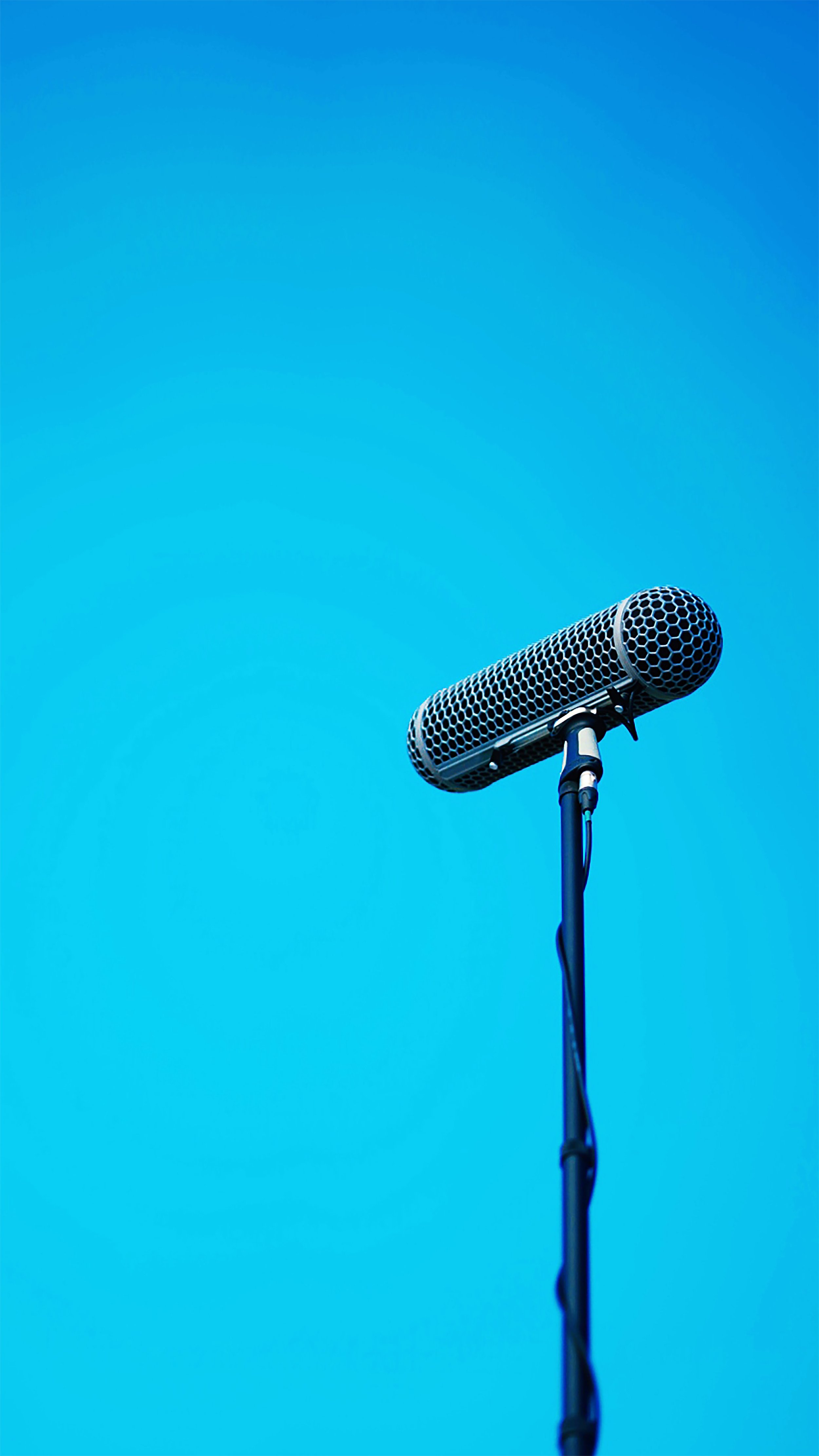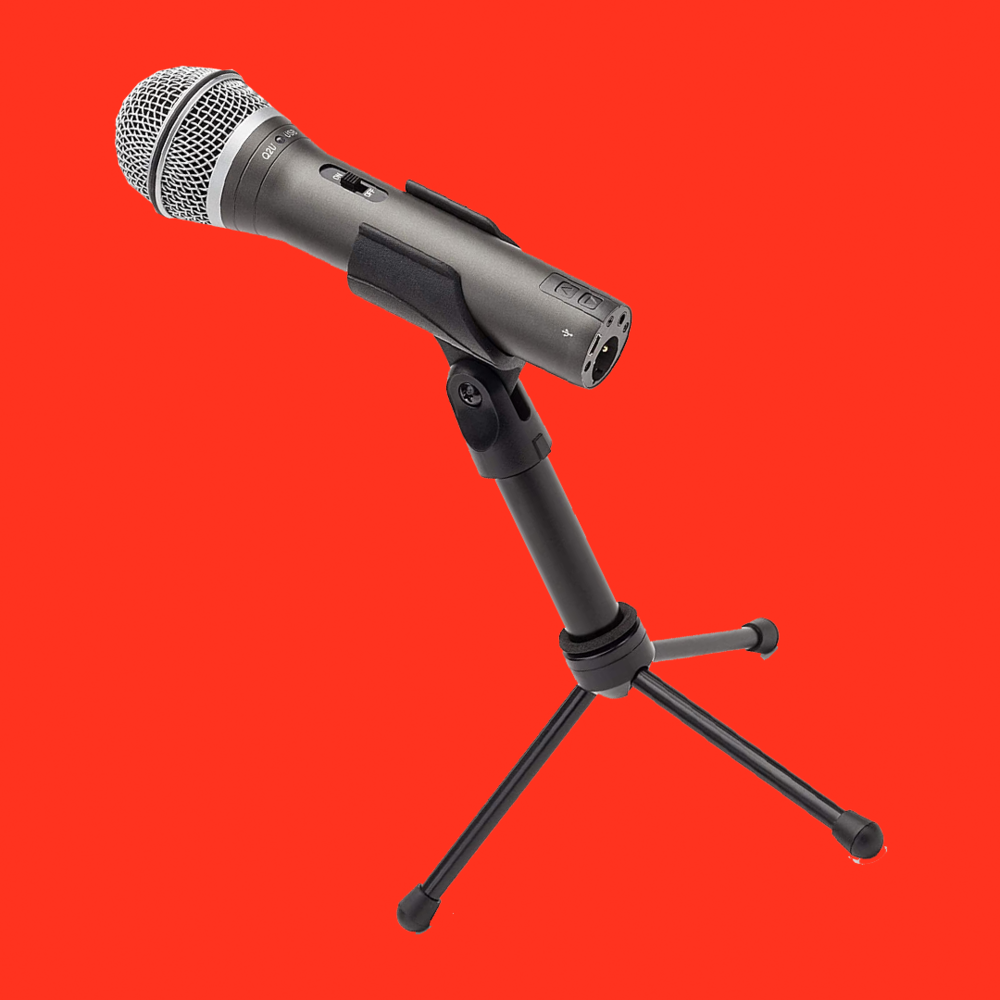The Best Podcasting Microphones for Under $200
Starting a podcast can be an exciting venture, but it often comes with its fair share of challenges. One of the most daunting aspects for many newcomers is selecting the right equipment, particularly when it comes to microphones. As someone who doesn’t have a background in audio engineering, I understand the confusion and uncertainty that can come with choosing the perfect mic for your needs.
After extensive research and consultation with industry professionals, I’ve compiled a comprehensive guide to help you navigate the world of podcasting microphones. This article focuses on affordable options that strike the perfect balance between quality and cost, ensuring that you can produce professional-sounding content without breaking the bank. Additionally, it will cover microphones suitable for recording both vocals and acoustic instruments, as well as electric guitars, making it a versatile resource for various recording scenarios.
Understanding Microphone Basics
Before we dive into specific recommendations, let's cover some fundamental concepts that will help you make an informed decision:
Dynamic vs. Condenser Microphones
Dynamic Microphones: These are generally more rugged and better at rejecting background noise. They’re ideal for untreated rooms or noisier environments.
Condenser Microphones: These are typically more sensitive and can capture more detail in your voice. They can capture a wider dynamic range, making them ideal for detailed recordings of both loud instruments and subtle vocal nuances. However, they also pick up more background noise, so they’re best used in quiet, treated spaces.
USB vs. XLR Connections
USB Microphones: These plug directly into your computer, making them easy to set up and use. They're great for beginners or solo podcasters.
XLR Microphones: These require an audio interface or mixer to connect to your computer. While this adds complexity, it also provides more flexibility and room for growth.
Polar Patterns
Most podcasting microphones use a cardioid polar pattern, which picks up sound primarily from the front of the mic while rejecting sound from the sides and rear. This is ideal for most podcasting setups.
Why Invest in a Quality Microphone?
You might be wondering why it's worth investing in a dedicated podcasting microphone when you could just use your computer's built-in mic or your smartphone. The answer is simple: sound quality is directly linked to listener retention and growth.
A study by Pacific Content found that 42% of podcast listeners say they're likely to stop listening to a show if the audio quality is poor. In contrast, high-quality audio can make your content more engaging and professional, helping you stand out in an increasingly crowded podcasting landscape.
Our Criteria for "Affordable"
When we talk about affordable microphones, we're looking at a price range of $60 to $200. Here's why:
Below $60, you're likely to compromise significantly on sound quality.
Above $200, you start to enter the realm of professional-grade equipment, which may be overkill for most beginner to intermediate podcasters.
Within this range, you can find microphones that offer excellent sound quality, durability, and features that will serve you well as you grow your podcast.
Now, let's dive into our top picks for affordable podcasting microphones.
✴ Samson Q2U USB/XLR
Dynamic Microphone
Price: $60
The Samson Q2U is widely regarded as the best entry-level microphone for podcasters, and for good reason. Here's why it tops our list:
Key Features:
Dynamic microphone (great for untreated rooms)
Dual USB and XLR outputs
Headphone jack for zero-latency monitoring
Cardioid polar pattern
Includes USB cable, XLR cable, and desktop stand
Pros:
The Samson Q2U is a great mic for beginners due to its excellent sound quality for the price
Versatile connectivity options allow for future upgrades
Robust build quality
Low handling noise
Cons:
Requires close-mic technique for best results
Included stand is somewhat flimsy
Best For:
Beginners on a tight budget
Podcasters who want flexibility in their setup
Those recording in less-than-ideal acoustic environments
Additional Notes:
For optimal performance, we recommend purchasing a foam windscreen or pop filter to reduce plosives (those harsh "p" and "b" sounds). Also, consider investing in a better stand or boom arm for more comfortable positioning.
✴ Audio-Technica AT2005USB Cardioid Dynamic USB/XLR Microphone
Price: $70
Audio-Technica is a respected name in audio equipment, and the AT2005USB lives up to the brand's reputation.
Key Features:
Dynamic microphone
Dual USB and XLR outputs
Headphone jack for monitoring
Cardioid polar pattern
Includes USB cable, XLR cable, and tripod desk stand
Pros:
Slightly better off-axis rejection than the Samson Q2U
The Audio-Technica AT2005USB is a fantastic mic for both studio and mobile recording due to its durable metal construction
Good for both studio and mobile recording
Cons:
Slightly more expensive than the Samson Q2U
Some users find the high-end a bit lacking compared to more expensive mics
Best For:
Podcasters who frequently record on-the-go
Those who want a step up from entry-level without a big price jump
Additional Notes:
Like the Samson Q2U, you'll want to add a foam windscreen or pop filter for best results. The AT2005USB is particularly good at rejecting room noise, making it an excellent choice for those who can't control their recording environment perfectly.
✴ Audio-Technica ATR2100-USB Cardioid Dynamic USB/XLR Microphone
Price: $99
The ATR2100 is the updated version of the beloved AT2100, which was long considered the industry standard for entry-level podcasting mics.
Key Features:
Dynamic microphone
Dual USB-C and XLR outputs
Headphone jack for monitoring
Cardioid polar pattern
Includes USB-C cable, XLR cable, and new improved desk stand
Pros:
Excellent, great sounding audio quality
USB-C connection for improved compatibility with newer devices
Sleek, professional appearance
Improved stand design over its predecessor
Cons:
Slightly more expensive than other entry-level options
Some users report inconsistency in manufacturing quality
Best For:
Podcasters who want a tried-and-true microphone with modern connectivity
Those with USB-C equipped devices
Additional Notes:
The ATR2100 builds on the success of its predecessor with minor but meaningful improvements. The USB-C connection is particularly noteworthy, as it future-proofs the mic for use with newer computers and devices.
✴ Rode PodMic Cardioid Dynamic Podcasting Microphone
Price: $100
The Rode PodMic is a purpose-built podcasting microphone that offers professional-grade sound at an accessible price point.
Key Features:
Dynamic microphone
XLR output only
Internal pop filter and shock mounting
Cardioid polar pattern
Includes built-in swivel mount
Pros:
Exceptional sound quality; the Rode PodMic sounded great in various recording tests
Robust, all-metal construction
Optimized specifically for speech and podcasting
Integrated pop filter reduces the need for external accessories
Cons:
Requires an audio interface or mixer (XLR only)
Heavier than some other options, requiring a sturdy stand or boom arm
Best For:
Podcasters ready to invest in a more professional setup
Those who prioritize sound quality and durability
Additional Notes:
The PodMic represents a step up in terms of both quality and complexity. While it requires additional equipment (an audio interface or mixer), it rewards users with superior sound quality and professional-grade durability. It's an excellent choice for podcasters who are committed to their craft and ready to invest in their setup.
✴ MXL BCD-1 Dynamic Podcast Microphone
Price: $150
The MXL BCD-1 is a professional-grade dynamic microphone that brings broadcast-quality sound to your podcast setup.
Key Features:
Dynamic microphone
XLR output only
Tuned specifically for broadcasting and podcasting
Cardioid polar pattern
Includes shock mount
Pros:
Excellent clarity and warmth in vocal reproduction, making it suitable for recording drum overheads
Built-in shock mount reduces handling noise
Professional appearance
Great off-axis rejection for cleaner recordings
Cons:
More expensive than entry-level options
Requires an audio interface or mixer (XLR only)
Not as versatile for on-the-go recording
Best For:
Podcasters with a dedicated recording space
Those looking for a mic that can grow with their podcast
Hosts who want a "radio voice" sound
Additional Notes:
The MXL BCD-1 is a step into more professional territory. Its tuned frequency response is designed to bring out the best in speaking voices, giving your podcast that polished, broadcast-quality sound. While it's less portable than some other options, it excels in a fixed studio setting.
✴ Rode NT-USB USB Microphone
Price: $170
The Rode NT-USB stands out as the only condenser microphone on our list, offering a different flavor of sound that some podcasters prefer.
Key Features:
Condenser microphone
USB output only
Side-address design
Cardioid polar pattern
Includes pop shield, tripod stand, and ring mount
Pros:
Crisp, detailed sound quality, making it a great option for recording vocals
Easy plug-and-play USB setup
Includes essential accessories
On-mic mix control between mic input and computer playback
Cons:
More sensitive to room noise than dynamic mics
Limited to USB connectivity
Higher price point
Best For: Recording Vocals
Solo podcasters or those with well-treated recording spaces
Users who prefer a brighter, more detailed sound
Those who value simplicity in setup
Additional Notes:
As a condenser microphone, the NT-USB captures more detail in your voice, which can be both a blessing and a curse. In a well-treated room, it can produce stunning audio quality. However, it will also pick up more background noise, so it's not ideal for untreated spaces or noisy environments.
Choosing the Right Microphone for You
When selecting a microphone, consider the following factors:
Your recording environment: If you’re in a noisy or untreated space, a dynamic microphone like the Samson Q2U or Audio-Technica AT2005USB might be best. For quieter, treated spaces, you could consider the Rode NT-USB.
Your technical comfort level: If you’re new to audio equipment, a USB microphone offers the simplest setup. As you grow more comfortable, you might want to explore XLR options for more flexibility.
Your budget: While all these microphones offer good value, there’s a significant price difference between the $60 Samson Q2U and the $170 Rode NT-USB. Choose what fits your budget while meeting your needs.
Future plans: If you’re serious about podcasting long-term, investing in a microphone that can grow with you (like the Rode PodMic or MXL BCD-1) might be worth considering.
Portability needs: If you plan to record on-the-go often, a USB microphone or a hybrid like the AT2005USB would be more convenient than an XLR-only option.
Additional options: The Blue Spark and other mics are also excellent options to consider for various recording needs. The Blue Spark SL, in particular, is noteworthy for its sound quality and construction, making it a strong contender for recording vocals and instruments. Many other mics also deliver strong performance and can be valuable additions to a recording setup, offering diverse options within a budget-friendly range.
Conclusion
Investing in a quality microphone is one of the best decisions you can make for your podcast. It directly impacts your sound quality, which in turn affects listener retention and growth. The microphones we’ve discussed here represent some of the best options in the affordable range, each offering unique benefits to suit different needs and preferences. For instance, microphones like the Studio Projects LSM offer unique features such as an onboard ADC, USB output option, and built-in desk stand, enhancing your recording experience and making them suitable for various recording environments.
Remember, the “best” microphone is the one that fits your specific situation and helps you create content consistently. Don’t let the pursuit of perfect gear prevent you from starting or improving your podcast. Choose a microphone that meets your current needs and budget, and focus on creating great content. As your skills grow and your podcast evolves, you can always upgrade your equipment.
We hope this guide helps you find the perfect microphone to bring your podcasting vision to life. Happy recording!
LIKED THIS ARTICLE? DOWNLOAD OUR FREE PODCASTING GUIDES
Launch a Podcast in 30 Days Checklist Guide to Growth & Monetization Vocal Warm-ups for Podcasters Target Listener Persona Template







